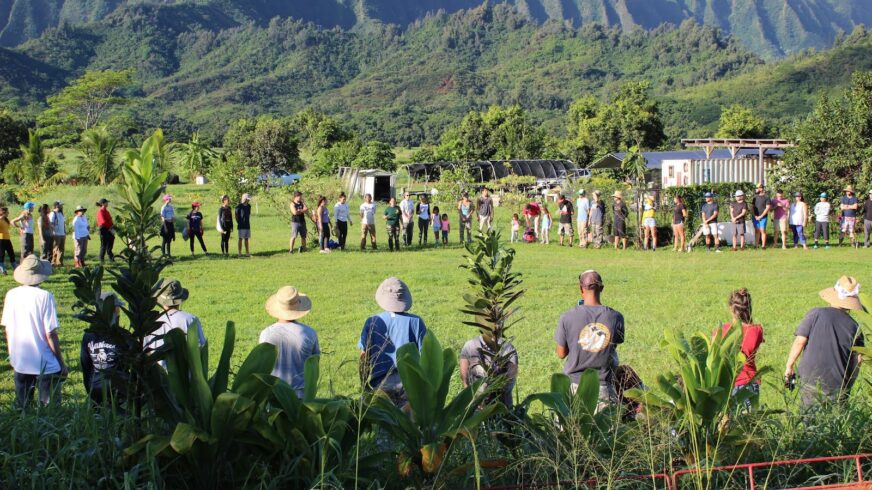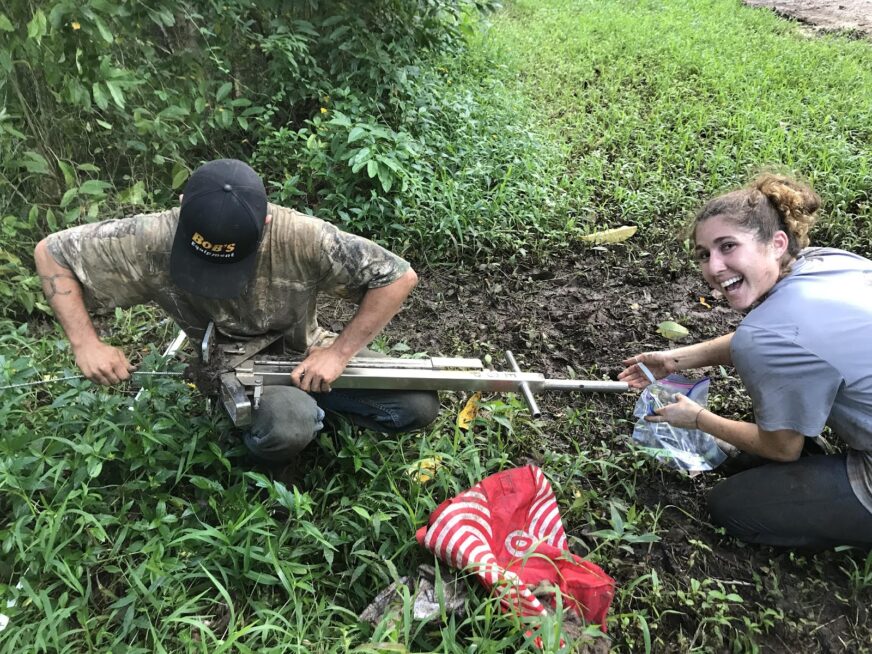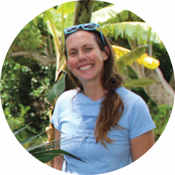

SPONSOR: Natural Resources Conservation Service Conservation Innovation Grants Program
PROJECT PERIOD:
2018 – 2021
PROJECT PI:
Leah Bremer, CO-PIs: Tamara Ticktin, and Clay Trauernicht
COLLABORATORS:
Zoe Hastings (Botany PhD student), Angel Melone (NREM MEM student), Maile Wong (undergraduate), Puanani De La Cruz (undergraduate), Kanekoa Kukea-Shultz, Mahealani Botelho, Nick Reppun (and other Kākoʻo ʻŌiwi staff), Susan Crow, Kiana Frank, and Sheree Watson
ABSTRACT:
High diversity agroforests were historically widespread in Hawaiʻi prior to European contact, and there is broad interest in restoring these systems today. We are collaborating with a community-based organization, Kakoʻo ʻŌiwi, to restore a culturally, ecologically, and economically valuable agroforest, Puʻulani, using a participatory functional trait and biocultural approach. Species were selected for their cultural and food production value as well as for their functional traits. We are monitoring plant diversity and abundance, soil carbon and soil health, yields, managmement costs, and biocultural indicators in order to improve understanding of the costs and benefits of such restoration. We are also developing and implementing an agroforestry workshop curriculum in collaboration with Kakoʻo ʻŌiwi to build local capacity for planning and managing agroforestry systems using the demonstration plots as case studies. This project provides one of the first agroforestry demonstration projects in Hawaiʻi at an educational site with high visitation by local communities and volunteer groups as well as a curriculum that will increase awareness and adoption of diverse types of agroforestry systems.
Project Publications:
Hastings, Z., T. Ticktin, M. Botelho, N. Reppun, K. Kukea-Shultz, M. Wong, A. Melone, and L.L. Bremer. 2020. Integrating co-production and functional traits approaches for inclusive and scalable restoration solutions. Cons. Sci. and Prac. 2(9). https://doi.org/10.1111/csp2.250
Hastings, Z., M. Botelho, and L.L. Bremer. 2019. Biocultural Restoratoin Workday Draws Community Together to Plant an Agroforest. UHERO Blog.
PRINCIPAL INVESTIGATOR
